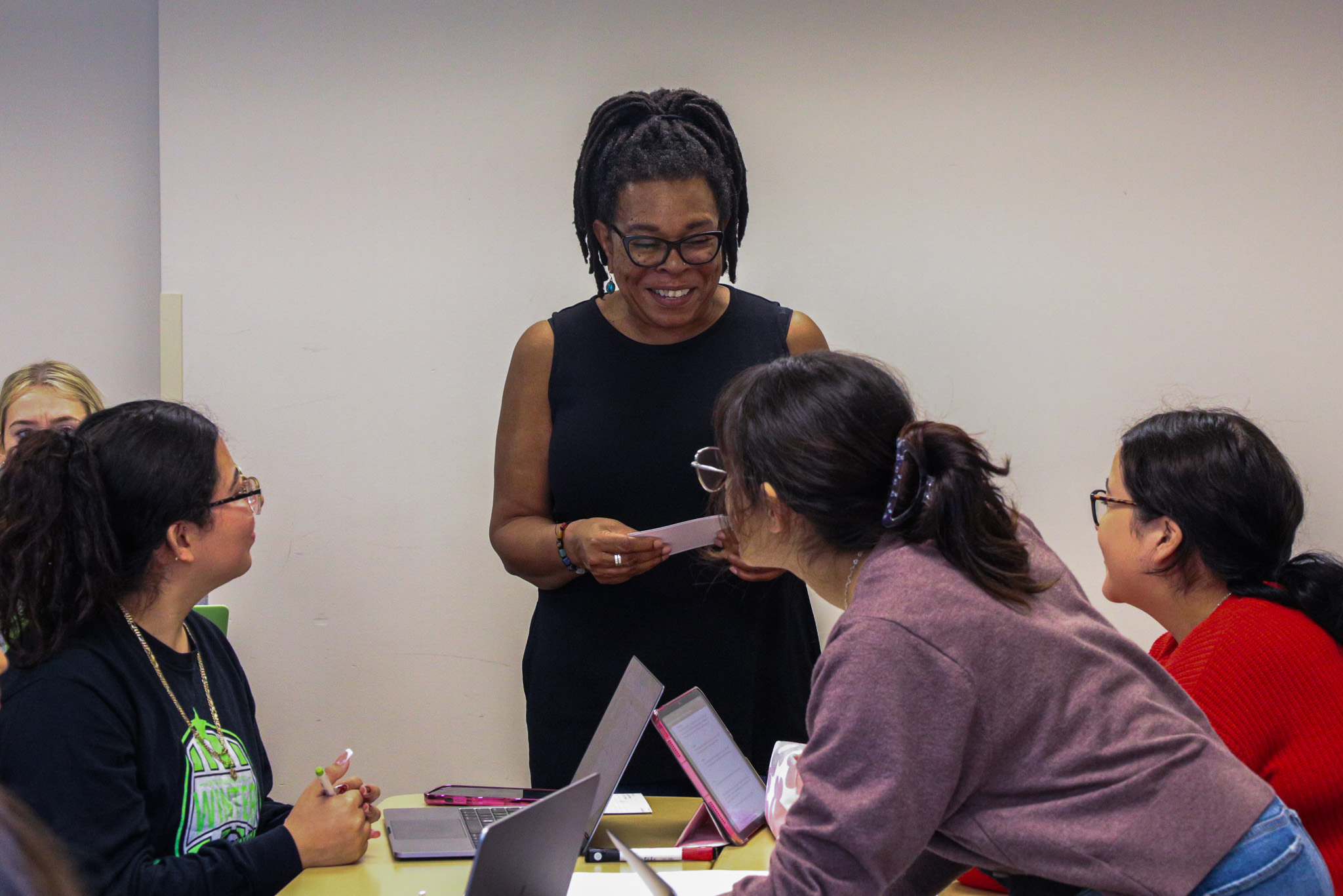When students spend three-fourths of the year on their college campuses, one would expect that they would have extensive knowledge of their school. However, most students either aren’t exposed to or have a misinterpretation of the terms “tenure” and “sabbatical.”
Tenure is more complex than creating invincible professors. Goshen College describes it as “an expectation of a continuing relationship between the college and a teaching faculty member.”Ann Vendrely, GC’s academic dean and the chair of the Rank and Tenure Committee, seeks to provide more context.
Tenure is provided “so that [professors] can teach what they think they need to teach or research things they think are important in their discipline without fear of a college or university coming in and saying ‘no, you can’t do that,’” Vendrely said. “It’s been important for faculty for quite a long time.”
According to Vendrely, GC has 27 tenured faculty.
The tenure application procedure is a lengthy procedure used to determine a faculty member’s merit before it is awarded. “It’s a pretty robust process,” Vendrely said. “It looks at a lot of different things that the faculty does.”
Vendrely explains that the process, engaged in only after a professor’s sixth year of employment, focuses on teaching, service and scholarly productivity, among other things. She also explains that a professor is reviewed by student focus groups, an in-department committee, a committee that represents GC, the president and the Board of Trustees before they are awarded tenure.
Receiving tenure does not make a professor impossible to fire and it is not associated with a pay increase. Beyond increased job security, the only benefits of receiving tenure are prestige and the ability to serve on special committees.
Julia Schiavone Camacho, a professor of history, recently received tenure and said, “To me, it was important to go through the process. Having tenure is meaningful.”
GC professors also find meaning in other educational traditions. One of these is sabbatical, a practice sought after by faculty but not fully understood by many outside of the education field.
“Sabbatical has been around in higher education for a long time as a way to give faculty a little time away to refresh and be ready to come back,” Vendrely said. She went on to explain that sabbatical at GC is a one-semester, fully paid break from teaching awarded to two faculty each year. Faculty are only eligible after 10 years of employment.
Though a sabbatical may initially appear to merely be an all-expenses-paid long-term vacation, there is much more to it. At GC, each sabbatical term includes a faculty project, one that each professor must plan and propose to the Rank and Tenure Committee before being awarded their time away.
These projects are usually things that the applying professor cannot complete while teaching classes. They can take many forms, including writing projects or extended research.
Regina Shands Stoltzfus, professor of peace, justice, and conflict studies, recently returned from her sabbatical leave in the spring of 2023. Shands Stoltzfus used her time away from teaching to look at revitalizing her courses.
“I wanted to refurbish my classes instead of just recycling what I have already done, and sabbatical gave me the space to do that,” she said.
Shands Stoltzfus also pointed out that though a sabbatical can look different to different people, the commonality is that each sabbatical project is meant to enhance teaching or benefit the GC community in some way.
“I experienced it as something really valuable,” she said. “It just felt really good to be able to step away and know that I could come back and hopefully be doing things in ways that do contribute to the life of the campus in positive ways.




